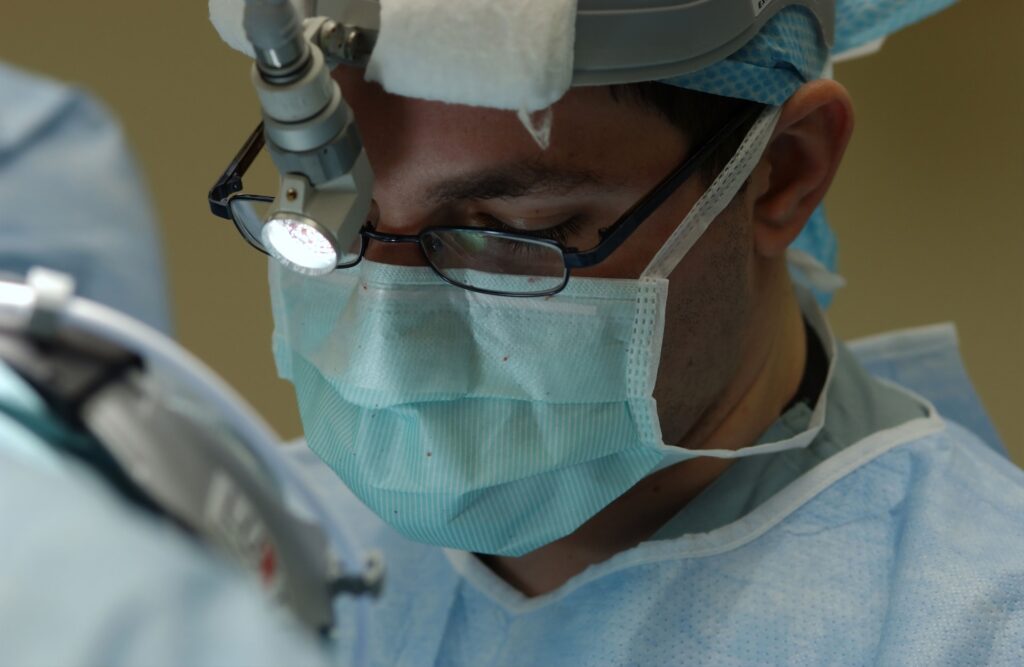Technology has revolutionized the way we live, work, and learn. It has also transformed the field of medicine, making it possible to diagnose and treat diseases with greater accuracy and efficiency. In recent years, there has been a growing interest in integrating technology in medical education. In this article, we will explore the advantages of this approach and provide tips for implementing it in Malaysia. Wondering how to get into medical school Malaysia? Read more down below.
What is Integrating Technology in Medical Education?
Integrating technology in medical education involves using various digital tools and platforms to enhance the learning experience of medical students. This can include using virtual reality simulations, online courses, digital textbooks, and mobile apps. The goal is to provide students with a more engaging, interactive, and personalized learning experience.
The Advantages of Integrating Technology in Medical Education
- Enhanced Learning Experience: Technology can make learning more engaging and interactive, which can help students retain information better. Interactive simulations can help students understand complex medical procedures and concepts.
- Increased Efficiency: Technology can make medical education more efficient by allowing students to learn at their own pace, outside of the classroom. Online courses and digital textbooks can be accessed anytime, anywhere, allowing students to review material as needed.
- Cost Savings: Technology can reduce the cost of medical education by reducing the need for physical resources, such as textbooks and classroom space. It can also reduce the need for travel expenses, as students can learn remotely.
- Improved Patient Outcomes: By using technology in medical education, students can gain experience with new technologies and procedures before working with actual patients. This can lead to improved patient outcomes and reduced medical errors.

How to Implement Integrating Technology in Medical Education
- Conduct a Needs Assessment: Before implementing any new technology, it is important to assess the needs of your medical program. Determine what areas of the curriculum would benefit most from technology and what resources are needed to implement it.
- Provide Adequate Training: Ensure that faculty and staff are trained on how to use the new technology. This will ensure that it is being used effectively and efficiently.
- Select Appropriate Technology: Select technology that aligns with the goals of your medical program. Consider the cost, ease of use, and compatibility with existing systems.
- Evaluate and Adjust: Evaluate the effectiveness of the technology and make adjustments as needed. Collect feedback from students and faculty to ensure that the technology is meeting the needs of the program.
Conclusion
Integrating technology in medical education can provide numerous benefits, including an enhanced learning experience, increased efficiency, cost savings, and improved patient outcomes. By following the tips outlined in this article, medical programs in Malaysia can successfully implement technology in their curriculum. By doing so, they can prepare students for the future of medicine and improve the quality of healthcare in the country.
